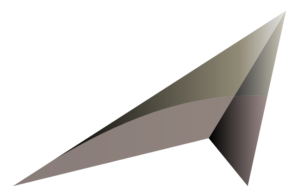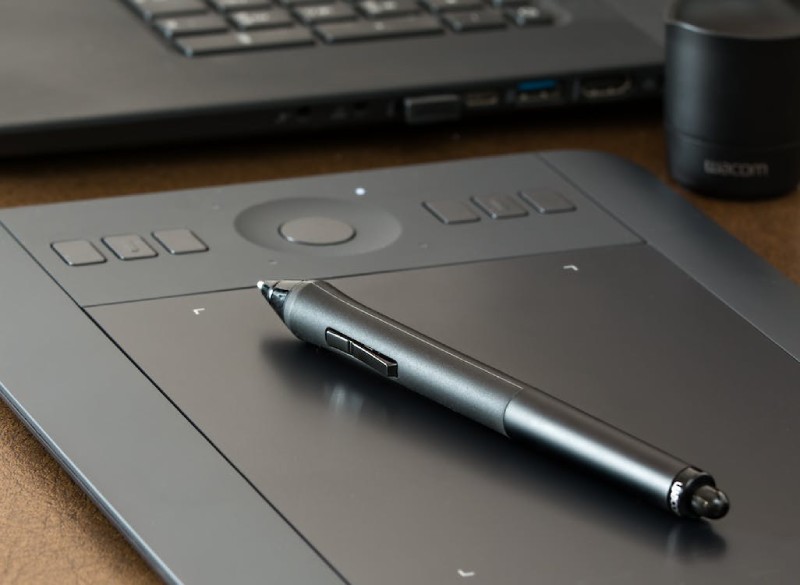Hence, it’s no surprise that artists will adopt, attempt, and learn from the latest tools available.
The advent of AI in digital art, NFT, Virtual reality and other technologies are opening opportunity gates to immerse in a unique yet rising form of digital art.
Getting art in front of more eyes has never been easier. As the rulebreakers or trendsetters by nature, artists are discovering new ways to leverage the use of technology in art.
But one brewing question is; what is the future of digital art? Will it rise or fade away with time?
Table of Contents
Well, read on to know about it!
NFT; a big digital world revolution
NFT is touted to be a one-big revolution in the art industry. The modern internet age [ called Web 3.0] will only enhance the popularity of NFT.
Though, the concept first gained attention in the year 2017, when people started the trade of cats in the game of Crypto Kitties. This game gained immense popularity, beating even Ethereum and Blockchain. By looking at its success, many investors entered the field of NFT.
Since its birth (on 3rd May, 2014), the NFT field has witnessed a massive boom with some of the great projects. The concept is attempting to take the place of traditional artwork.
The recent example of Beeple [an artist] clearly reflects its popularity. The artist has been creating or selling art for more than a decade. His NFT digital art, “ Everydays:The First 5000 days” was sold for $69 million.
Moreover, it is of no surprise that the NFT market crossed $250 million dollars in 2020.
NFT Today and where it can lead in future
The selling point for the NFT artwork is undoubtedly its uniqueness. This concept has opened opportunity gates or a spectrum of possibilities for the digital art creators.
Though, the value of crypto art or NFTs in today’s ecosystem is influenced heavily by creator’s credibility, art’s rarity and demand of the collector market. Recent numbers suggest that NFTs are not as popular.
Take the instance of virtual reality art which exists only in digital space which may pose the challenge of how the art was selling. However, with NFTs, both buyer and creator of the VR artwork make sure that their art is unique and will stay unique as only a single person is buying it.
With the backing of investors like Elon Musk, Chamath Palihapitiya, the interest in the digit artwork has only enhanced. In the digital world, NFTs showed potential to offer a platform where the artists will have full control over their art and its intellectual property [IP] to get more financial rewards.
Also, with the rise of AI in digital art, there will be significant changes in the perception of artists.
AI In Artwork
As art is something we can say is completely ours (humans), it is touted to be the quintessence of showcasing our emotions or passion. AI, by comparison, is pure science backed by algorithms, big data and machine learning.
So, how is it able to draw emotions or inspirations? Surprisingly, the technology has been in use for a considerable time. Generative AI such as Midjourney etc are used to generate 2D illustrations from pure text, along with references.
Take cues from AI-generated art “Painting of Edmond de Belamy” which was created with the neural network of 15000 portraits. Other notable AI examples may include songs like “Not Afraid” or “Halo” which were created with AI.
AI is reinventing art
With AI tools making an impact on artwork, they allow artists to emerge in new techniques. These tools are almost fully-built platforms for character designing and environment designing. With simple instructions, you can create your own version of masterpieces.
Last year AI art generators such as Stable Diffusion or Midjourney created a splash across the general public. What was once started as fun or interest is now turning into professional discourse.
Moreover, with recent improvements called generative AI, there is a shift as the concept of deep learning is mimicking the human brain with computing power. Infamous DALL-E-2 platform exploits the neural networks as trained on the huge datasets for detecting patterns on the basis of user text prompt.
The Future
With broad media attention and coverage from The New York Times or The Atlantics, AI is the star rising in the artworld.
Though, there is an ever-growing list of some philosophical questions on the use of machines over humans in the art world.
The new artistic prowess of AI is not well-received by many creators as they believe that artwork is a human pursuit. We are in the middle of exciting times of art and science. The question arises of whether the machines completely take charge of the artists is trivial; machines can never replace humans but they can assist in the process.
We are in the middle of the AI art revolution, we should expect a good collaboration of AI with artists. In the foreseeable future, AI may become another tool for illustrators or designers or it may be best used by the people as a brainstorm buddy to input your prompts.
Though AI in digital art can be unbeatable at many tasks, one drawback can be that the faces drawn by AI can only be derivatives from the art already created by humans.
There may be new development of synergies in the digital art in future, we can only expect some good news to come out of the box.
Final Words
Digital tools have always enabled artists to do more things and explore new things. One can argue that the output created by AI can nowhere match the quality of a real human artist, which is proven time and again.
However, this point only stands if the users of digital art (production houses, connoisseurs, and more) are satisfied with the inferior quality of the art created by AI, given the obviously lower cost.
The wave of digital art is worth-applauding and something you can’t ignore. To reap the benefits of this digital art and to boost your designing skills, you can enrol in digital art courses.
Keep yourself updated and going with the change!



